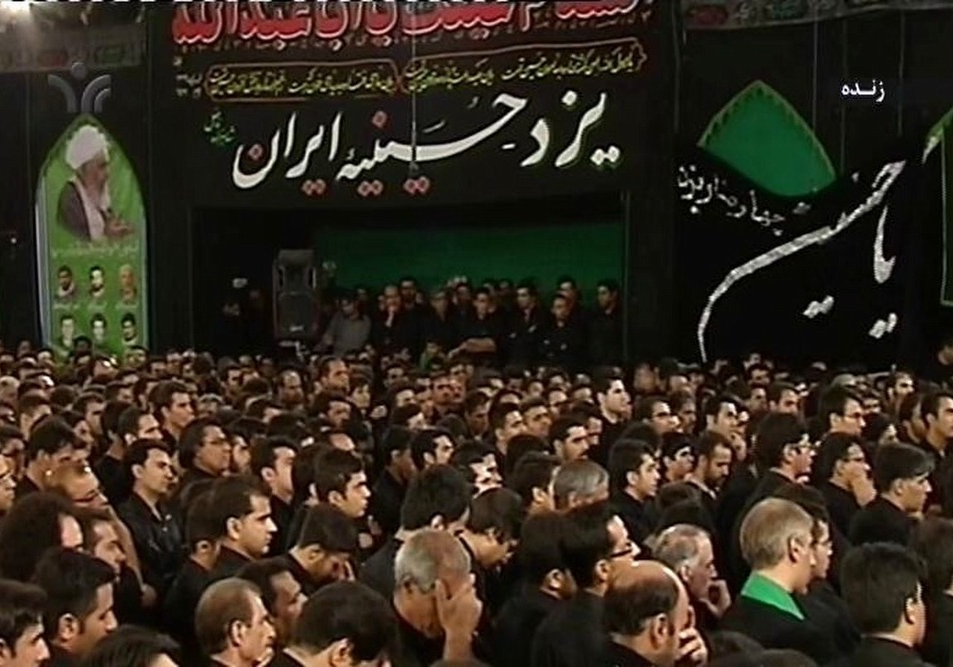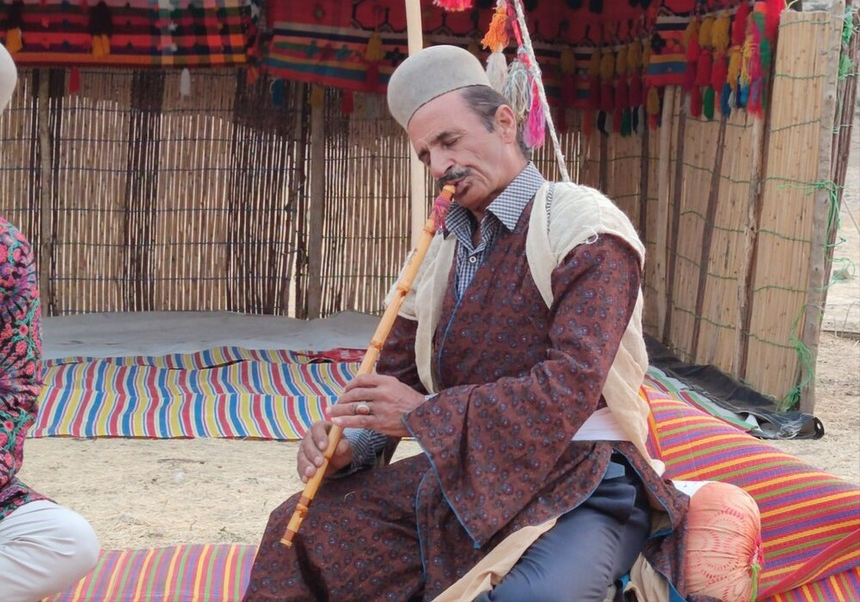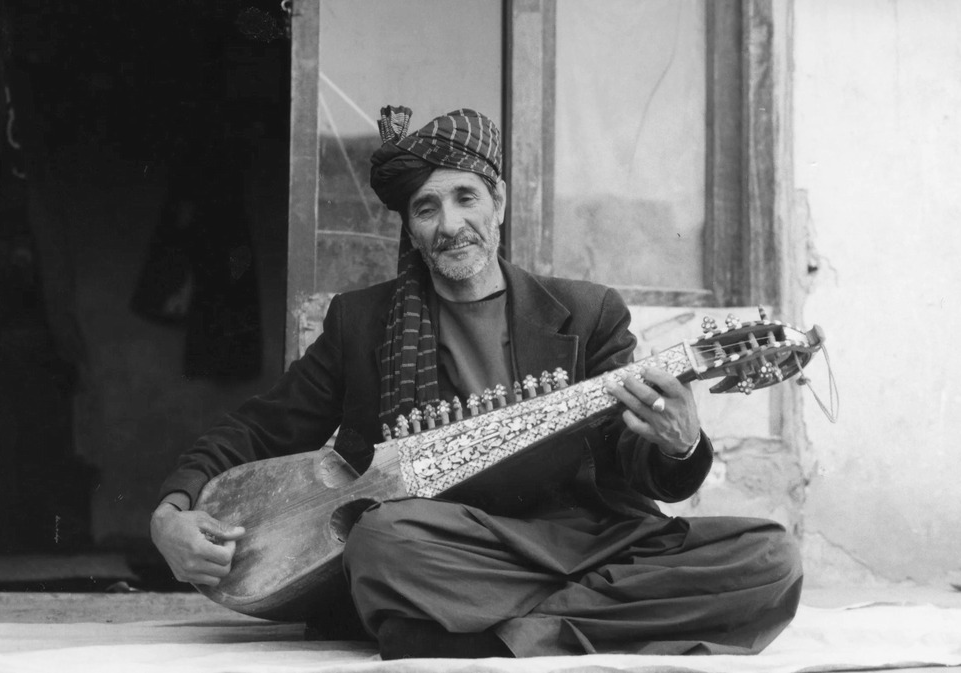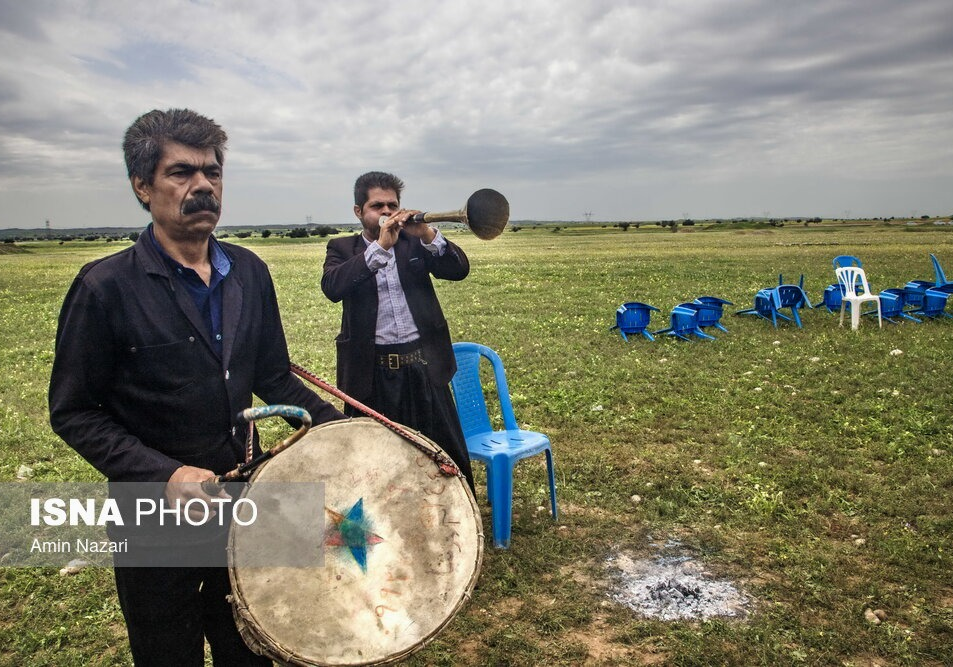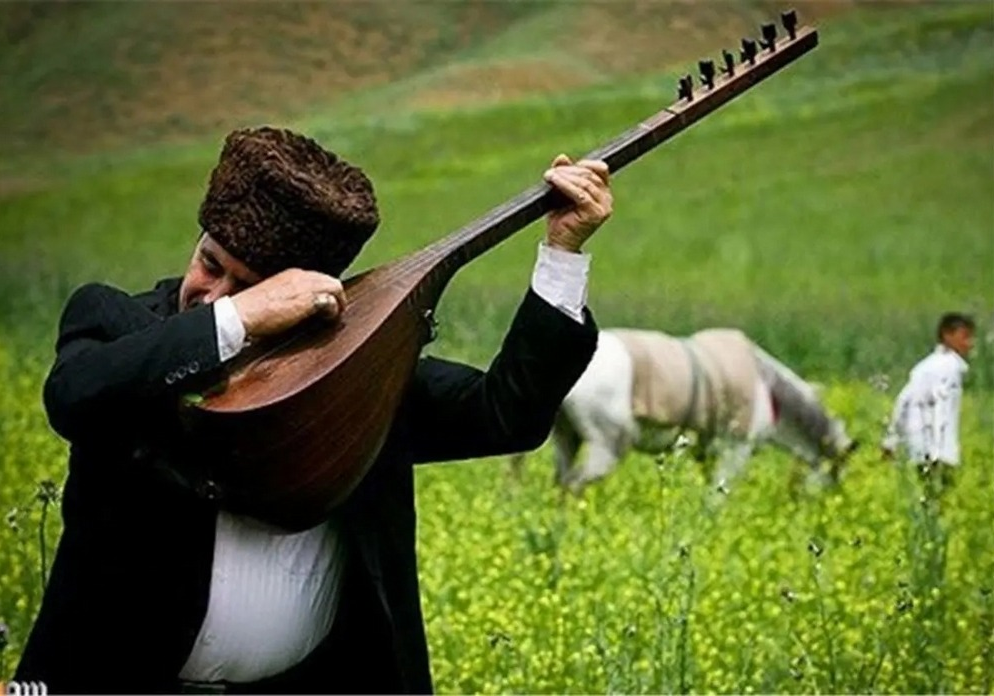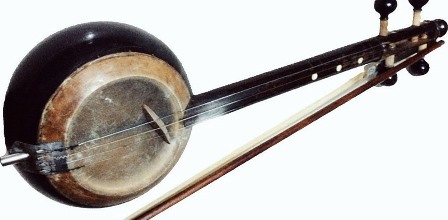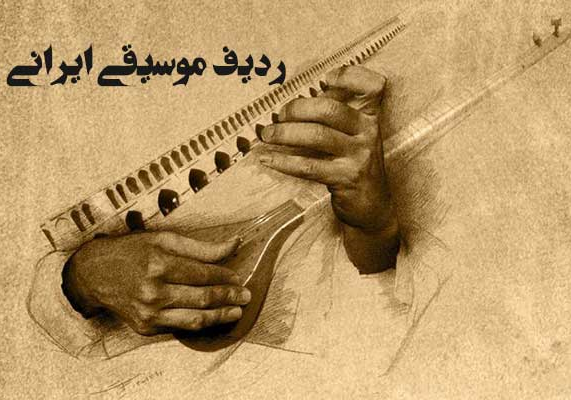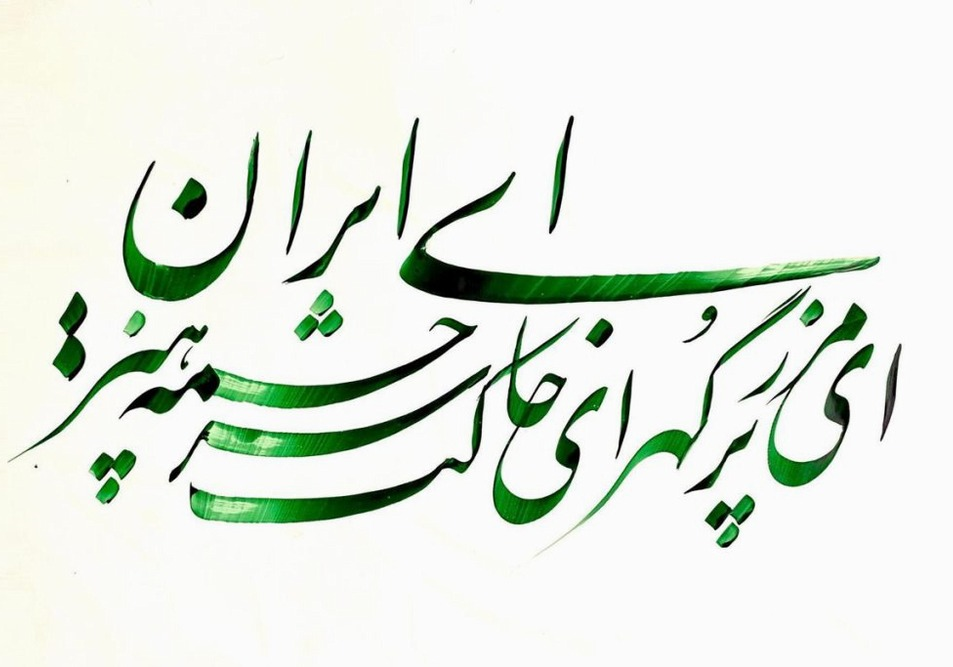
Tas
Tas
Although “tas” is also used in some regions of Turkey and India, this instrument is one of the musical instruments of the Kurdish people. Tas, the making and playing of which requires special skills, is mainly played in the monastic gatherings of dervishes and mystics of western Iran.
Components of Tas
The main body of tas is mainly made of copper, although wood, especially that of walnut trees, is also used to make this instrument. Tas is covered with a thin membrane from cow or sheep skin so that the sound produced by it would be pleasant enough. To play this instrument, two wooden, leather, or rubber sticks are used to produce different tones. Tas may be made of different sizes with an all-metal body and no skin is used in them.
The sticks used for playing the tas should simultaneously be strong and delicate so that they do not break during playing and do not also damage the membrane of the instrument. In some cases, an orb is placed inside the tas, in order to intensify its sound.
Melodies of Tas
Daf, which is another popular instrument of the Kurdistan region, is usually used to complement tas during performances when a group of daf players gathers around the person who is playing the tas and plays the daf but it is the one who plays the tas that chooses the melody to be played. In some mountainous areas, tas is accompanied by sorna, but this is very rare and usually occurs in some special ceremonies.
The melodies played with tas include:
• Heyran
• Geryan
• Fattah Pashaei
• Leblan
• Zangi Zangi
• Sehjar
• Shalan
History and Usage of Tas
Tas is considered one of the ancient instruments, although there is no documentation to confirm this statement. It is said that there is an image of tas in one of the reliefs of Taq-e Bostan, which is related to the Sassanid era (224 to 651 AD). In this relief, the king is depicted riding a horse, and behind him are three rows of musicians, and it seems that one of the people in the first row is playing tas. The word tas or other names of this instrument are found in old Iranian music books.
According to some music experts, tas was initially used in celebrations and after some time, because of its loud sound, it was used to announce important events in different villages. Gradually, tas found its way into the khanqahs and religious ceremonies of dervishes, such that today it has a kind of sanctity among them.
In some old Persian literary works, mention has been made of an instrument called kous (or kaseh or kas), which was used to inform people. Kous was probably what we know today as tas.
The ceremonial gatherings of dervishes begin with the name of God and the Prophet of Islam, continue with playing the daf, and reach their peak by standing and it is at this stage that the person who plays the tas starts his performance and continues the ceremony together with the daf players bringing peak of excitement in dervish.
Famous People Who Play Tas
Most of the tas musicians and people who are familiar with the techniques of making and playing this instrument are monastic dervishes, and based on the essence of their character and lifestyle, they are not interested in fame. However, among the Kurdish people, Amjad Ebrahimi is known as one of the most famous musicians of this instrument. In addition to playing the tas, he is also proficient in playing the daf and has performed in different parts of the world several times.
Tas, the making and playing of which requires special skills, is mainly played in the monastic gatherings of dervishes and mystics of western Iran.
| Name | Tas |
| Country | Iran |
| Type | Kobe |
| Works | folk music |
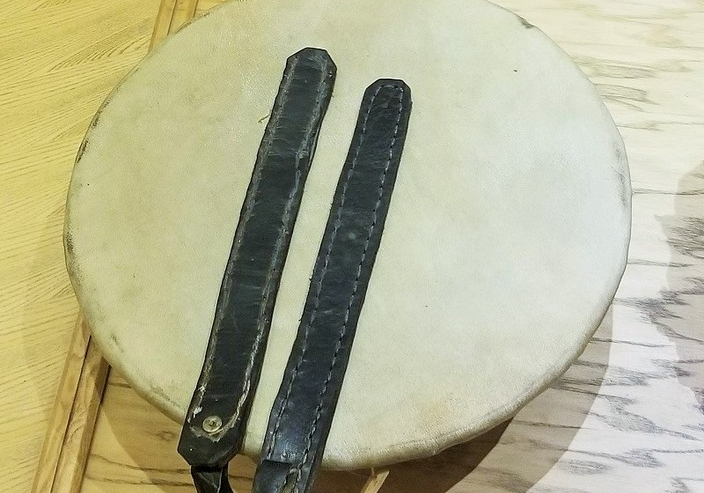
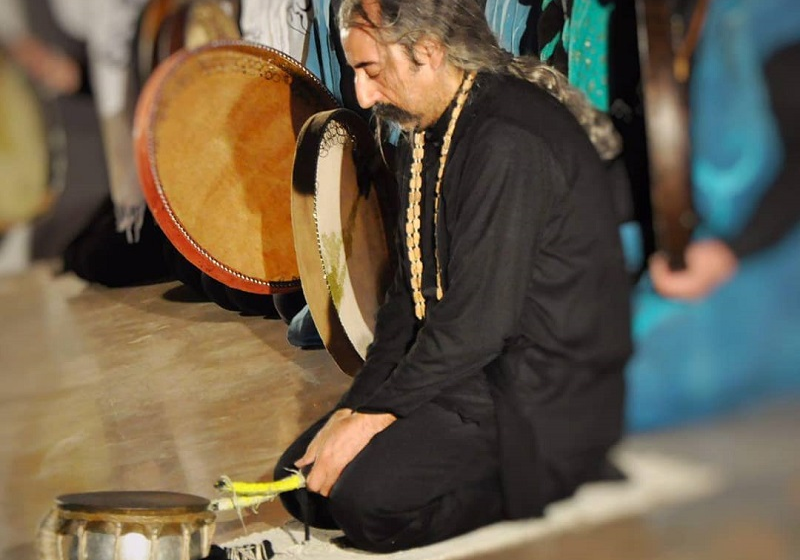
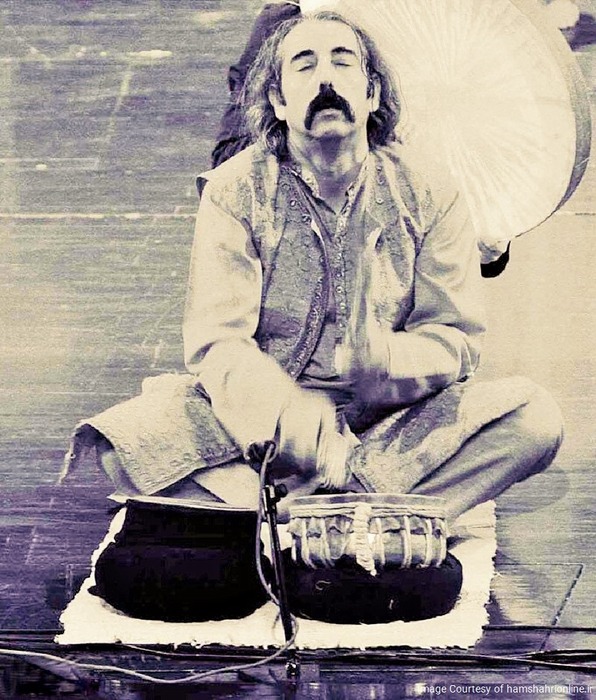



Choose blindless
Red blindless Green blindless Blue blindless Red hard to see Green hard to see Blue hard to see Monochrome Special MonochromeFont size change:
Change word spacing:
Change line height:
Change mouse type:

